Top 20 Promising Startups in Canada in 2022

Canada has a small population, but that doesn’t mean that the country doesn’t have a fantastic startup scene. The Canadian startup ecosystem often comes up with some of the best new businesses. There is a lot of entrepreneurial spirit in Canada, combined with the fact that business owners in the area have easy access to money.
In 2021, the country saw a massive surge in funding for new businesses, beating the previous record year by a long shot. Overall, by the end of the third quarter of 2021, startup funding in the country had reached $11.8 Billion, which is a massive change from the previous year.
So, Let’s start with the Top 20 Most Promising Startups in Canada in 2022

1. Xandar Kardian
It was founded in 2017:
HQ is in Toronto, Canada, a city in the country.
Size ranges from 11-to 50.
Sam Yang, Sung Ho Cho’s co-founders:
It was started in 2017 by a Canadian named Xandar Kardian, and it is now based in Toronto, Canada. The company makes products for intelligent buildings that can tell when people are there and how many people are walking around. People’s micro-vibrations can be measured from their bodies, making it easier to get a good picture even if you don’t have a camera.
Since the business was started in 2017, it has already raised a lot of money for startup costs. During three rounds of funding, the company has been able to talk to three investors and make a good case for its business. These investors have helped the company get $13.7 million in startup money.

2. Securicy
Securicy was founded in 2017; its first year was 2017.
People who work at this place are from Sydney, Canada.
Size ranges from 11-to 50.
Darren Gallop and Laird Wilton were the first two people to start the company together.
There is a new company in Canada called Securicy. It was started in 2017 and is now based in Sydney, Canada. The company makes it easy for small businesses to meet specific data protection rules safely and effectively. There is less risk of getting fines or other punishments from regulatory bodies if firms don’t have to deal with data safely.
At least nine investors have already given Securicy money over five funding rounds. These funding rounds have led to the company getting $6 million in investment.
3. Fellow
Fellow was founded in 2017
HQ: Ottawa, Canada:
Size ranges from 51-to 100.
Amin Mirzaee, Aydin Mirzaee, and Samuel Cormier-Iijima were the founders.
It was started in 2017 and is now based in Ottawa, Canada. The Fellow is a Canadian company. App: The company has designed an app that businesses can use to improve their meeting management. This makes it easier to have internal meetings like appraisals, one-on-ones, and management meetings, making the whole company run more smoothly.
The Fellow is another example of a Canadian company that has done very well at getting money. There have been three rounds of funding for the company, and from these rounds, nine investors have shown an interest in the company. From these investors, Fellow has raised $30.5 million in funding.
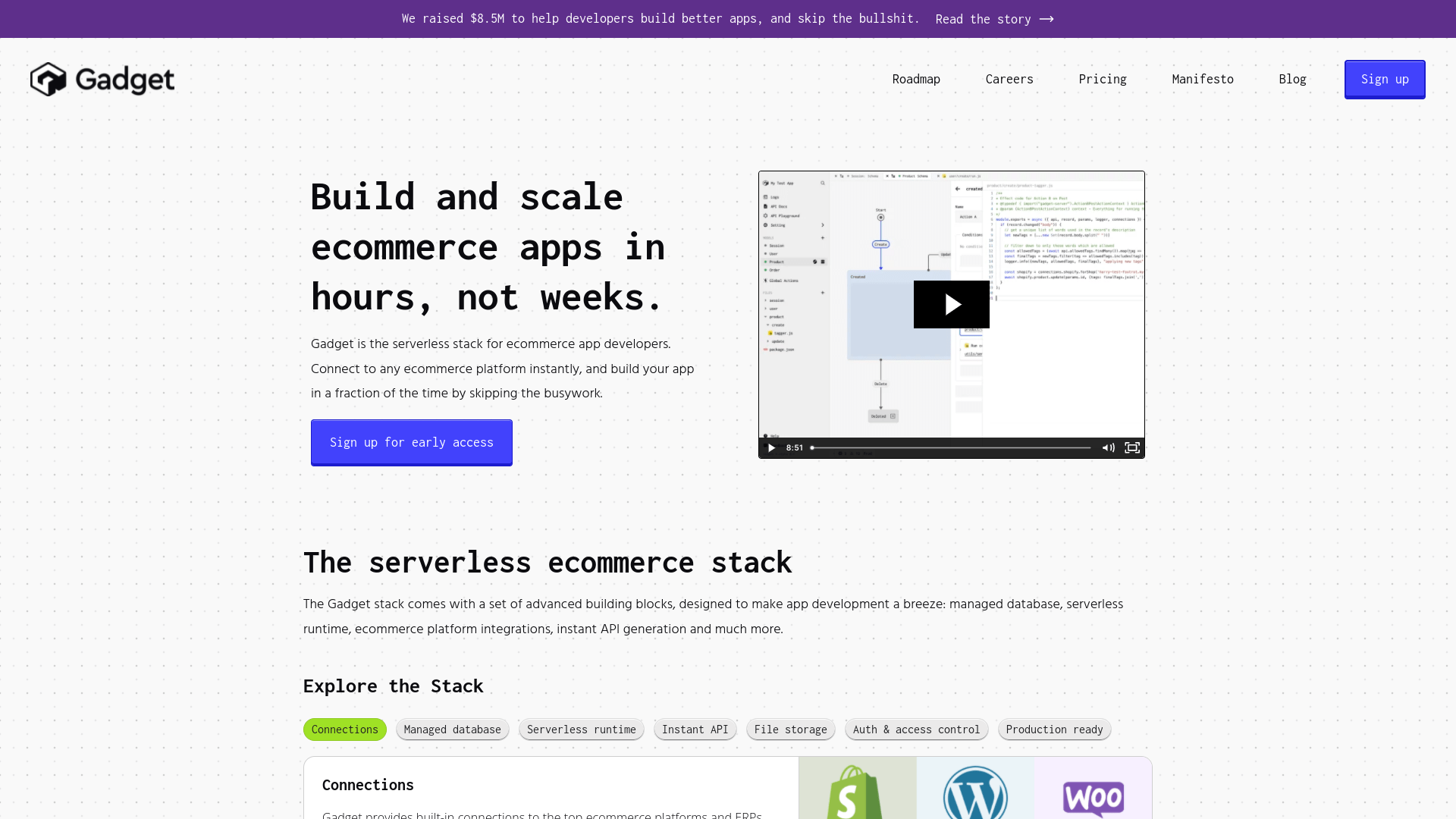
4. Gadget
Gadget Was Founded In 2020
HQ: Ottawa, Canada
Size ranges from 11-to 50.
A group of people: Harry Brundage and Mohammad Hashemi.
There is a company in Canada called Gadget. It was started in 2020 and is now based in the city of Ottawa. The company has a platform for developers that businesses can use to make apps more quickly. They do the long and busy work for their clients, which gives them more time to write business logic.
In 2020, Gadget was founded and had only had one round of funding. This round of funding led to five investors putting their money into the business and its model, and these funds helped the team raise $8.5 million in startup funds after this round.

5. Secoda
The Secoda was Founded in 2020
HQ is in Toronto, Canada, a city in the country.
Size ranges from 1-to 10.
Andrew McEwen and Etai Mizrahi were the first two people to start the company together.
Secoda is a Canadian company that was started in 2020. It is now based in Toronto, Canada. The company has a collaboration platform that helps data teams quickly and effectively share things like metadata, questions, data charts, and documentation, making them more efficient. This is very important as data management gets more complicated.
Since Secoda was started, it has already had two successful funding rounds. These rounds will happen in late 2021, which is when Secoda will be getting the money. It was worth $2.3 million to the company because seven investors took part in these funding rounds.

6. Snappy
The company was founded in 2016.
HQ is in Toronto, Canada, a city in the country.
Size ranges from 11-to 50.
Frank Chen and Ricky Wang were the founders.
Snappy is a company in Canada that was started in 2016, and it is now based in Toronto, Canada. The business is in charge of technology that can help restaurants run more smoothly. There are many different things you can do with this, such as order and deliver features, mobile apps and websites, and analytics tools. This helps restaurant owners to make more money by running a business.
Since Snappy was founded, it has been able to get two rounds of startup funding. When the company had its first and second funding rounds, it got money from two different sources. At the end of these rounds, Snappy had raised $2.6 million in CA.
7. Codex
It was founded in 2021
HQ is in Toronto, Canada, a city in the country.
Size ranges from 1-to 10.
In the beginning, there were three founders: Brandon Waselnuk, Karl Clement, and Saumil Patel.
Codex is a Canadian company that was started in 2021, and it is now based in Toronto, Canada. The company has tools that make it easy for people to work together on projects simultaneously. Improved collaboration leads to better efficiency, which positively affects the bottom line.
Codex has been very good at getting money for growth and development. So, the company has raised money from five people three times. Because of this, Codex has raised $4.5 million in startup money.

8. Shakepay
At the end of the year, Shakepay started and began in 2015.
People who work at this place are from Montreal in Canada.
Size ranges from 51-to 100.
Jean Amiouny and Roy Breidi were the first people to start the company.
There is a Canadian company called Skakepay. It was started in 2015 and is now based in Montreal, Canada. If you want to buy or sell Bitcoin quickly and easily, the company has a fintech app you can use. It also lets people pay and get paid by their friends.
Shakepay has been very active in getting money, and this has worked out well. Three investors have shown an interest in the business for five rounds of funding, which is a lot. These investors have decided to give the company a total of $20.8 million to help it grow in the future.

9. Nomic
Nomic was founded in 2017
People who work at this place are from Montreal in Canada.
Size ranges from 1-to 10.
Arya Tavakoli, David Juncker, Jeff Munzar, and Milad Dagher were the people who started the company.
It was started in 2017 and is now based out of Montreal, Canada. Nomic is a company in Canada. The company has designed and built a platform that can help people learn about, detect, and treat different diseases using nanotechnology specific to DNA. This also lets the people who make and design the technology do more to improve their work.
When Nomic has been trading, it has done a lot to get money for new businesses. The company has gone through five rounds of funding, with thirteen investors taking part in them. The firm has raised a lot of money from these investors: $18 million.

10. Green Mountain
Green Mountain was founded in 2017; its first year was 2017.
Okanagan, Canada, is where the company is based.
Size ranges from 11-to 50.
David Coolidge, Salil Dhaumya, and Wade Attwood were the three people who started the company.
It is a Canadian company called Green Mountain. It was started in 2017 and is now based in Okanagan, Canada. The company is in the cannabis industry and wants to use its advanced methods to make cannabis-based medical products that are more effective. They even have a platform that lets customers talk to an expert about their options to learn more about what they need.
Green Mountain has had four startup funding rounds for more than a decade. Two investors have agreed to participate in these funding rounds and put their money into the business, which has led to the Green Mountain team raising $3.6 million to grow the business.
11. Bidmii
Bidmii Year: 2020
HQ is in Toronto, Canada, a city in the country.
Size ranges from 11-to 50.
In the beginning, there were two founders: Jon Christensen and Phillip Stack.
It is a Canadian company called Bidmii. It was started in 2020 and is now based in Toronto, Canada. The company has a software-based community where homeowners can quickly connect with trusted and professional contractors to help them with their home projects. This makes users safer and gives contractors more chances to make money.
So far, the company has already had a round of startup money. During this round of funding, Bidmii got money from eight different people. The company raised $1 million, which is a lot for a pre-seed match.
12. Sonic Incytes
Sonic Incytes was founded in 2016.
HQ is in Vancouver, Canada.
Size ranges from 1-to 10.
Robert Rohling and Tim Salcudean were the founders of the company.
Sonic Incytes is a company in Canada that was started in 2016, and it is now based in Vancouver, Canada. The company makes medical devices, like ultrasound machines, to help doctors diagnose patients and advise them on what kind of treatment they might need. This is made for people who have problems with their liver.
Since it started, the startup has done very well at getting money from other people. So far, Sonic Incytes has had five different rounds of funding from different people. It has attracted the attention of 18 investors in these rounds, which has helped the company raise $10.6 million.

13. Riparide
In 2016, Riparide was founded.
There is a central office in Victoria, Canada:
Size ranges from 11-to 50.
Marton Law was the first person to start the company, and he was the CEO.
Riparide is a Canadian company that started in 2016, and it is now based in Victoria, Canada. There are currently many people using the company to plan and book trips that are good for their souls. The main focus is on journeys to Australia at the moment. On the platform, there are a lot of places where you can relax and get away for a reasonable price.
The company has had some success recently getting startup money, thanks to a Seed Round in November 2021. This round of funding led to two investors putting their money into the company, which led to Riparide raising 4 million Australian dollars to help it grow and improve.
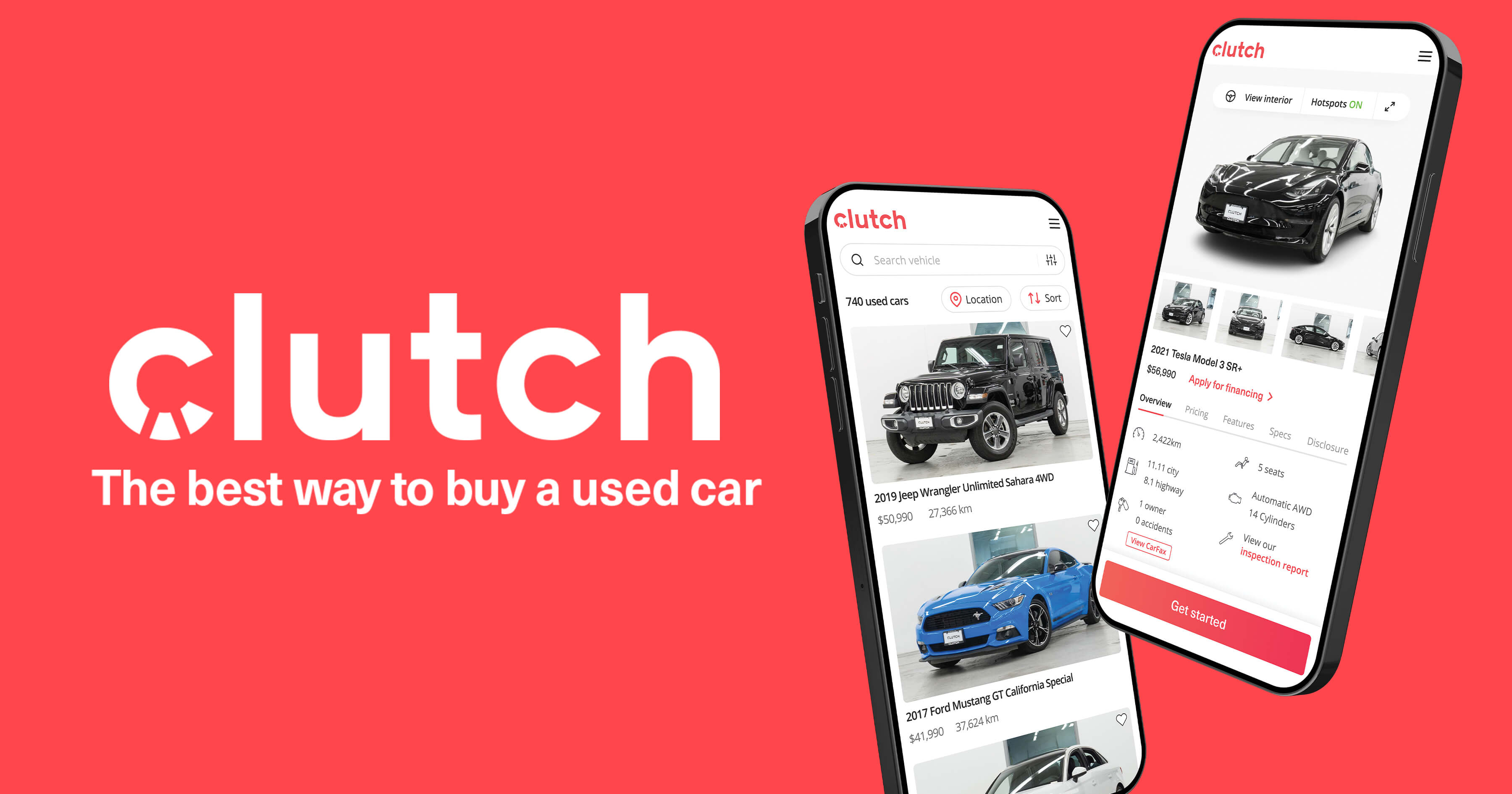
14. Clutch Canada
The company was founded in 2016.
HQ is in Toronto, Canada, a city in the country.
Size ranges from 51-to 100.
One of the founders: Stephen Seibel
Clutch Canada is a new company in Canada that was started in 2016, and it is now based in the city of Toronto. The company has made an online platform that lets people in the country buy high-quality cars at very reasonable prices. When you buy a car online, you don’t have to go to the dealership and look for a new one, which can take a long time.
Since the business was started, it has been able to get money from four rounds of startup funding. During these funding rounds, Clutch Canada has been able to get the attention and cash of eleven people. The company has raised a lot of money from these investors, and it has raised $103.1 million from these people.
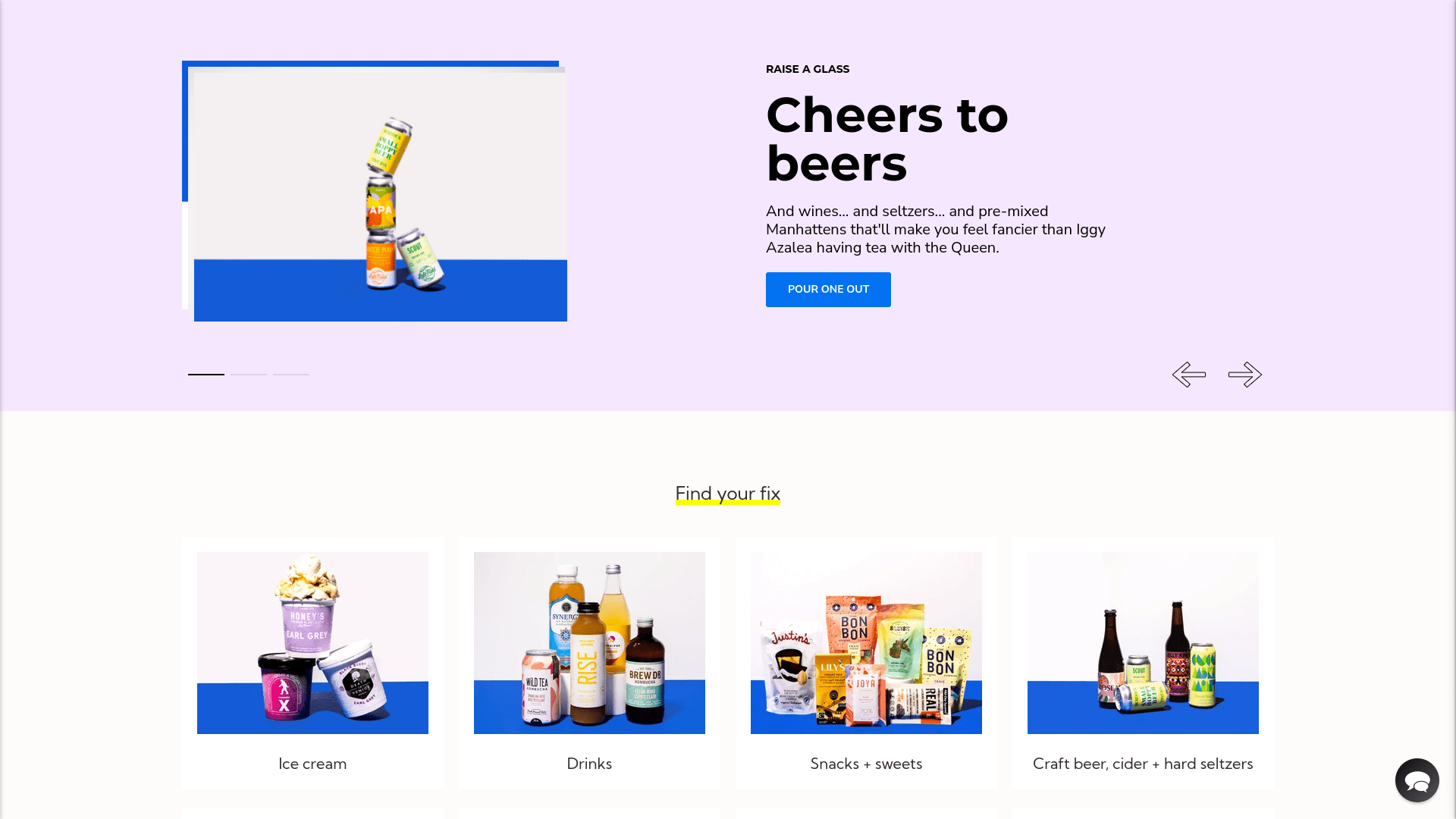
15. GoodGood.
It was founded in 2021.
HQ is in Toronto, Canada, a city in the country.
Size ranges from 1-to 10.
Robert Kim is one of the founders.
There is a Canadian company called GoodGood. It was started in 2021 and is now based in Toronto, Canada. The company wants to help local businesses by connecting customers with local companies that sell snacks, drinks, etc. People in the area are benefiting from this.
GoodGood has recently had a lot of success getting money from other people who want to start new businesses, and it will happen in December 2021. It raised $6.5 million from a group of six investors during this round of funding.
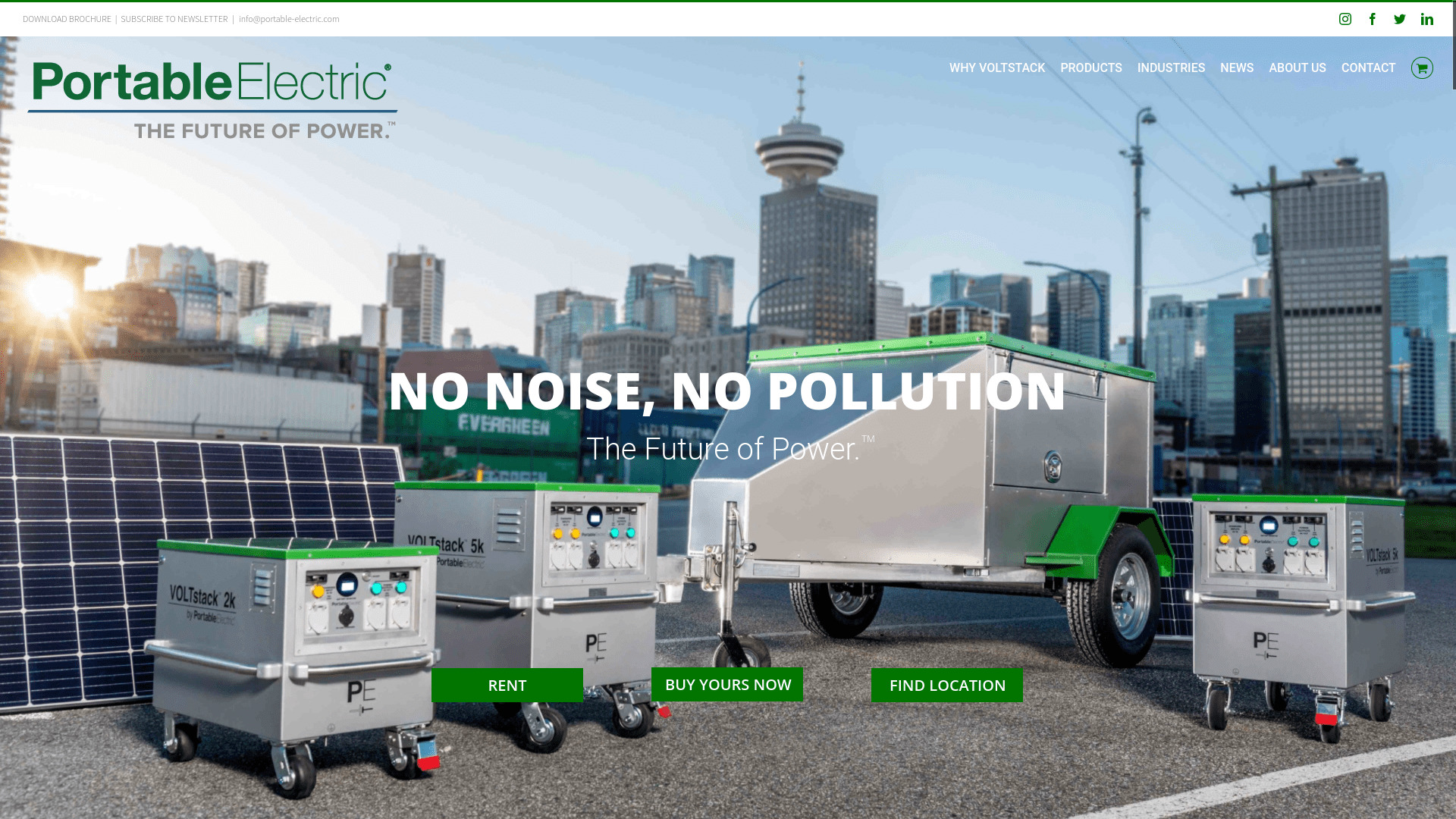
16. Portable Electric
2015 was the first year that portable electricity was made.
HQ is in Vancouver, Canada.
Size ranges from 1-to 10.
People who helped start the company were Mark Rabin and Sarath Samarasekera:
Canadian company Portable Electric was started in 2015 and is now based in Vancouver, Canada. A group of people in Canada began to do it. Rather than using diesel to power generators, the company wants to sell units that run quietly and are much better for the environment than traditional diesel-powered generators, which use a lot of fuel.
Since the business was started, it has had some success getting money from outside sources to help it grow and improve. It has been able to earn money from a single investor in two rounds of funding, and the investor gave them $250,000 so that the company could go to the next level.

17. Spare
Year: 2015
HQ is in Vancouver, Canada.
Size ranges from 11-to 50.
Alexey Indeev, Josh Andrews, and Kristoffer Vik Hansen are the three founders.
There is a company in Canada called Spare. It was started in 2015 and is now based in Vancouver, Canada. The company is a startup that provides technology and support for transportation businesses that want to grow or help someone start their own transportation business.
As a result of three rounds of startup funding, the company has been able to start up again. From these rounds, nine investors have bought into the company. The help of these nine investors has helped Spare raise $22.6 million.
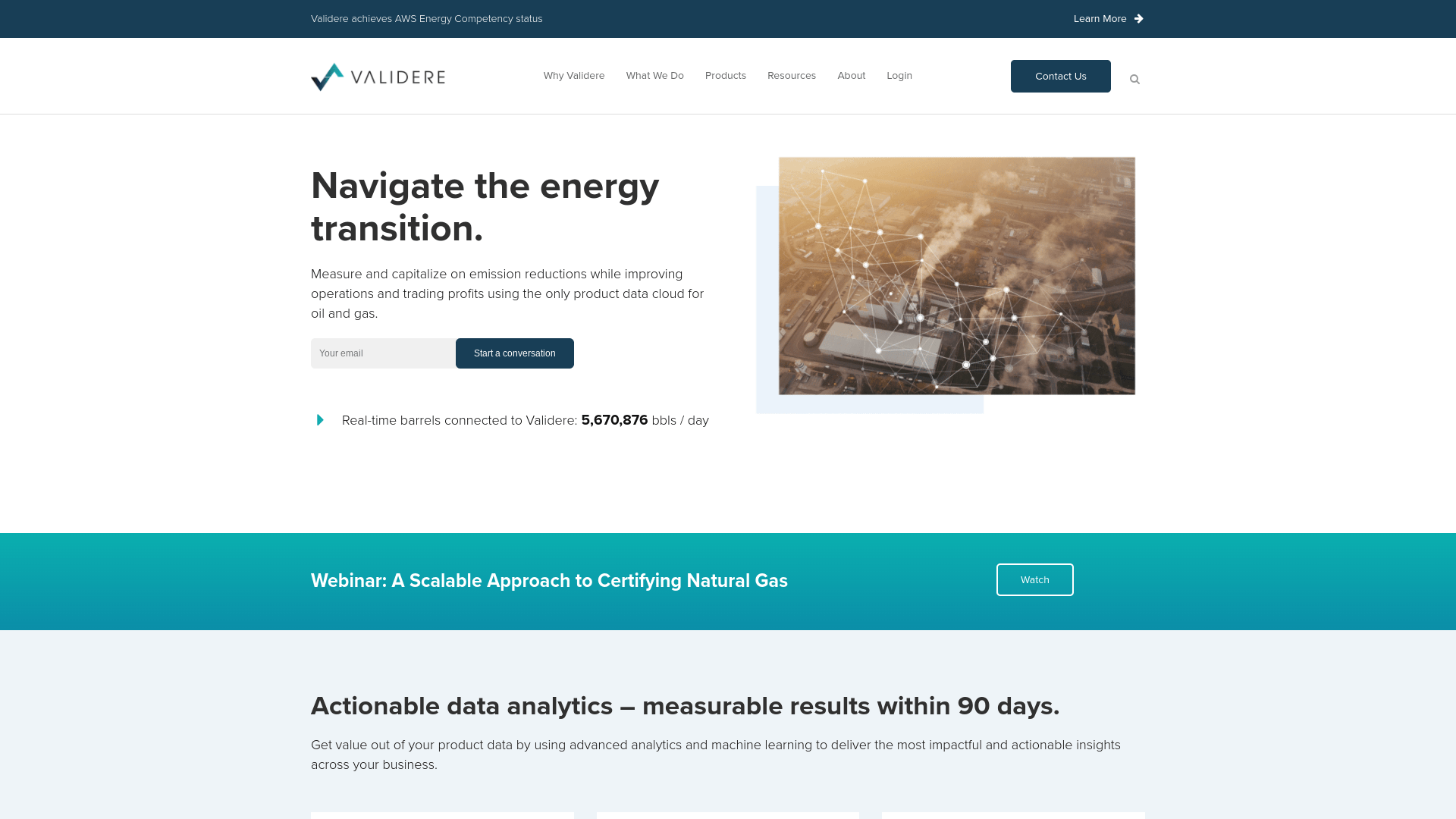
18. Validere
Founded in 2015
People who work there: Calgary, Canada
Size ranges from 51-to 100.
Ian Burgess and Nouman Ahmad were the two people who started the company.
This is a Canadian company called Validere. It was started in 2015 and is now based in Calgary, Canada. The company is making new hardware and software to make oil testing much more trustworthy and transparent than it is now. Their clients can use this to improve their logistics and make more money.
Validere has had a lot of success getting money from outside investors. The startup has gone through eight funding rounds, and the company has received money from twenty-five different people during these funding rounds. Consequently, the company has raised more than $26.2 million in cash.
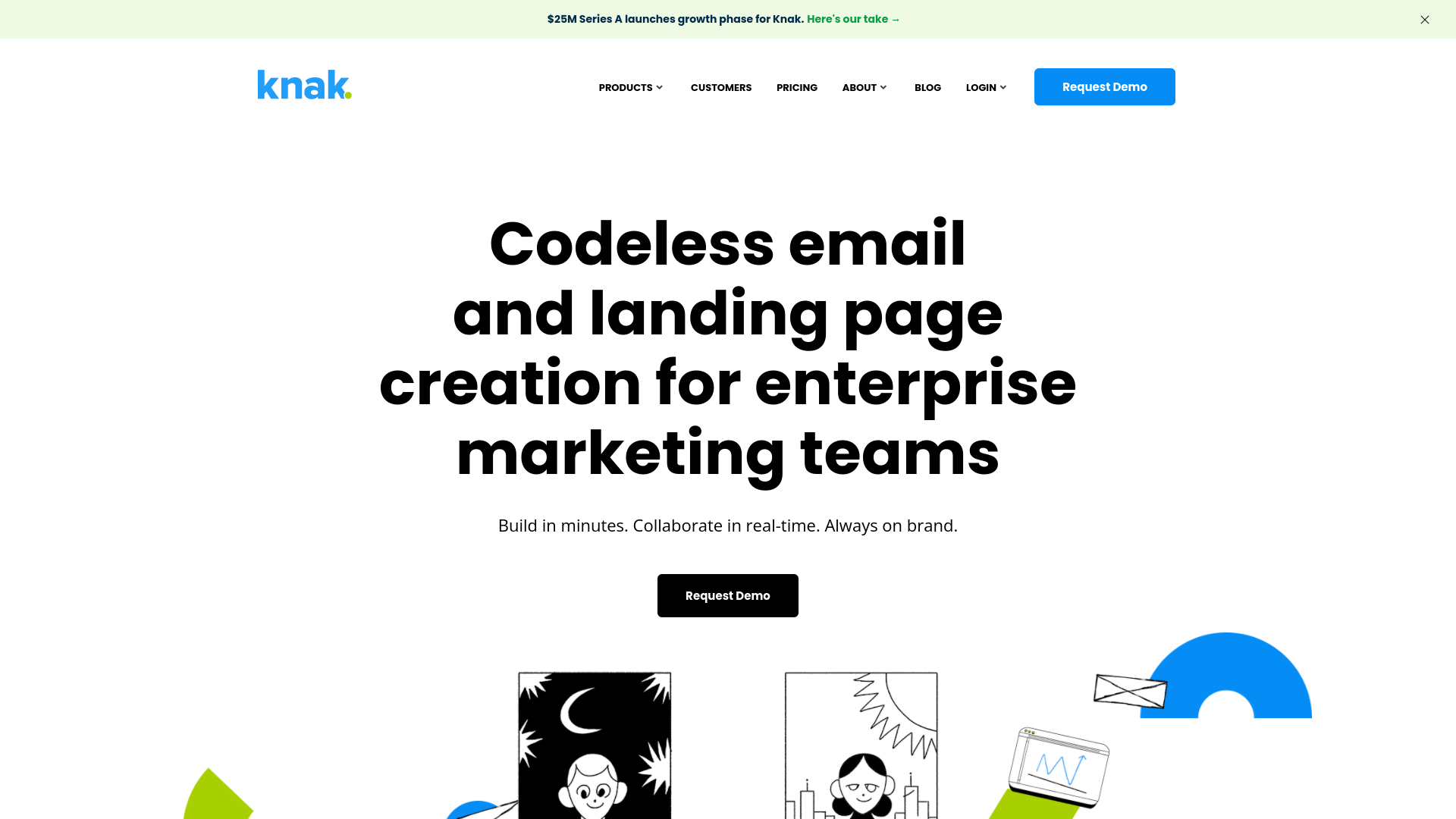
19. Knak
In 2015, Knak was founded.
There is an HQ in Ottawa, Canada:
Size ranges from 11-to 50.
Brendan Farnand, Patrick Proulx, and Pierce Ujjainwalla were the company’s three founders.
When Knak was started in 2015, it was based in Ottawa, Canada, but now it is based in Toronto, Canada. There are a lot of different businesses that use this company to make emails and landing pages, and they have worked with some of the biggest companies in the world. There is also a marketing automation software called Salesforce that can be easily linked to this platform.
Since the company was started, it has recently been able to get money from outside sources. In November 2021, the company had its only funding round, and it earned $25 million from a single person.

20. Keel
There was a Keel factory in 2021.
HQ is in Toronto, Canada, a city in the country.
Size ranges from 11-to 50.
It was started by Kumar and Abhishek, two people who worked together.
Keel is a new company in Canada that was started last year and is now based in Toronto, which is in the country. People from all over the world can use the company’s platform to find the country they want to live in and then get help moving there. Immigration can be very hard, which is why the platform is essential.
Despite the company’s new status, it has already been able to get some money to help it grow and improve. This was done in October 2021, and the company got cash from two angel investors.`





